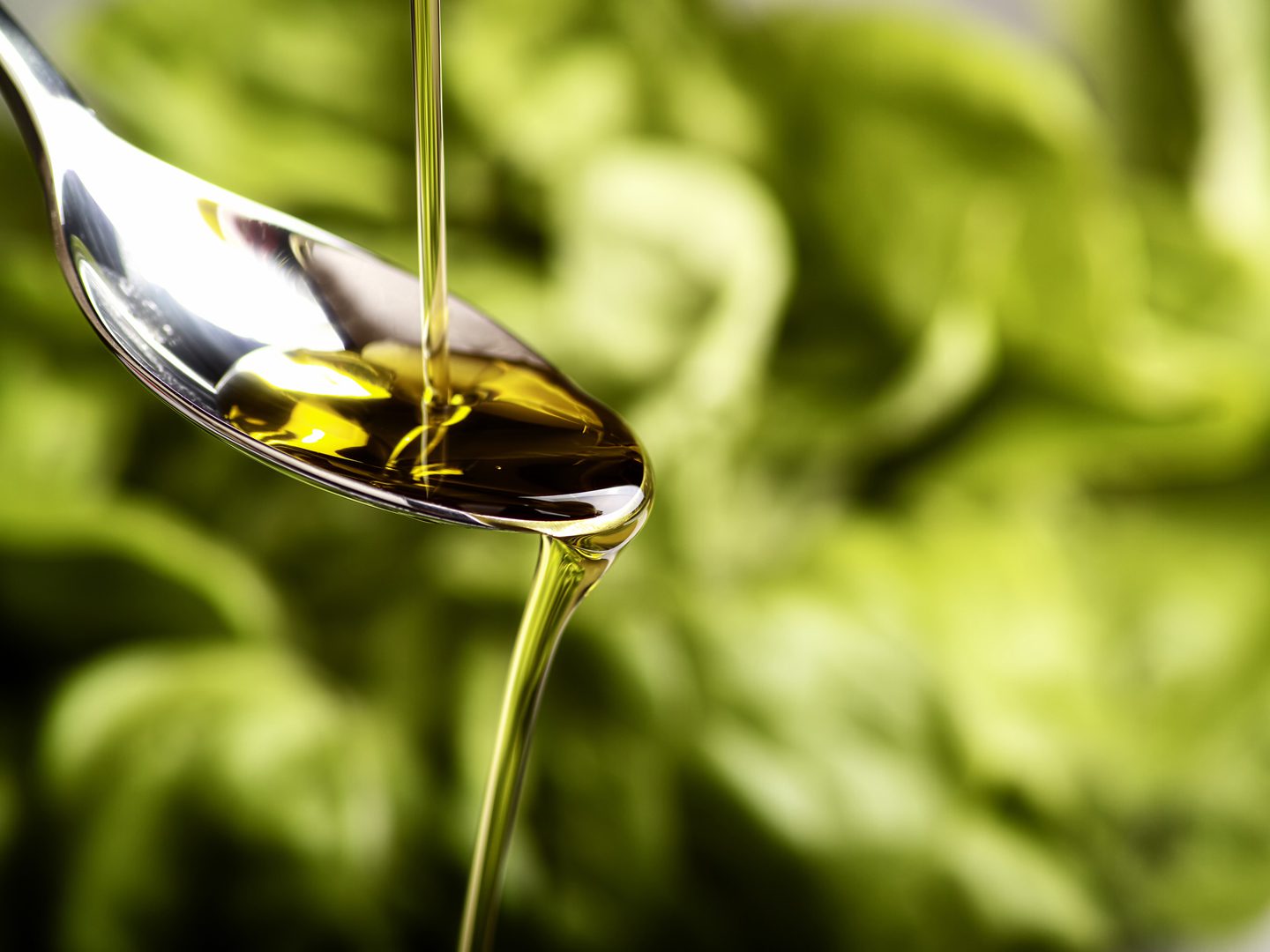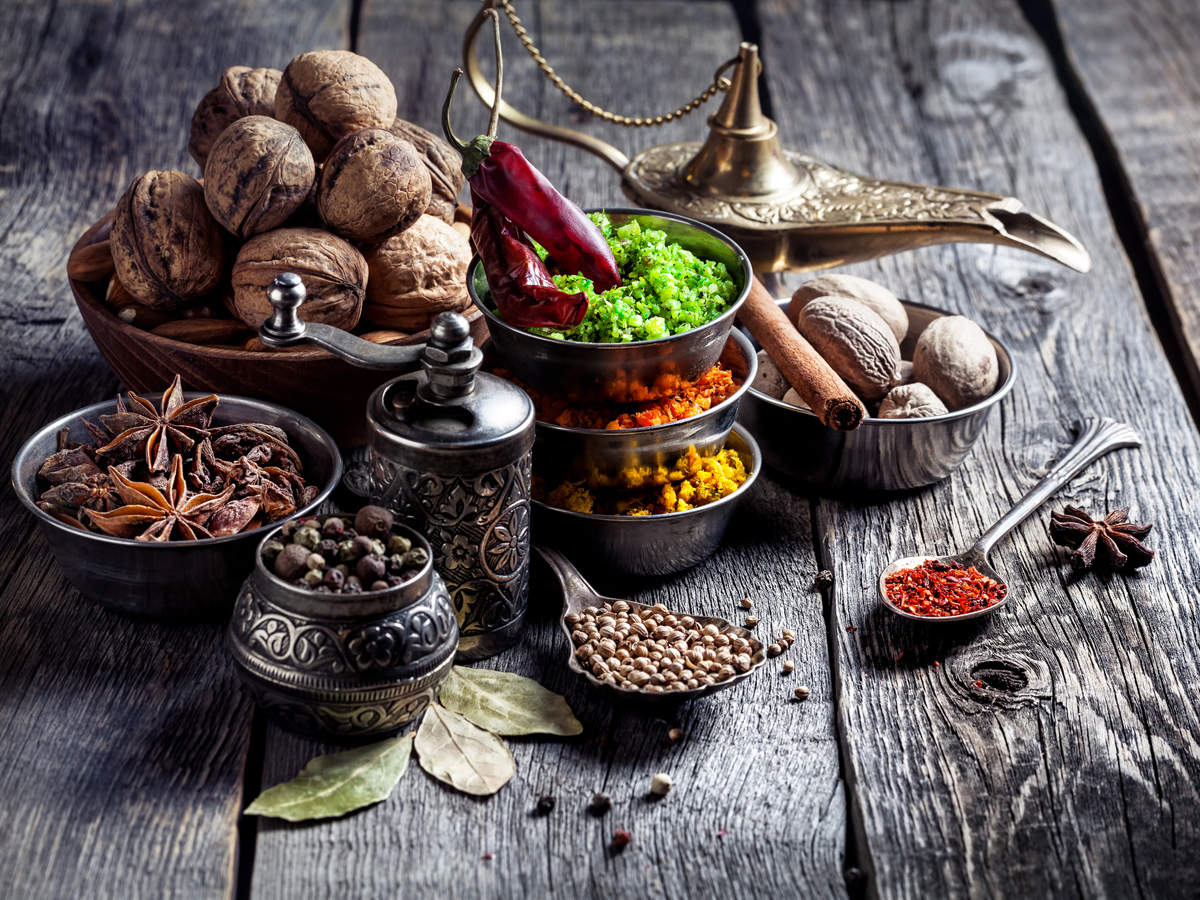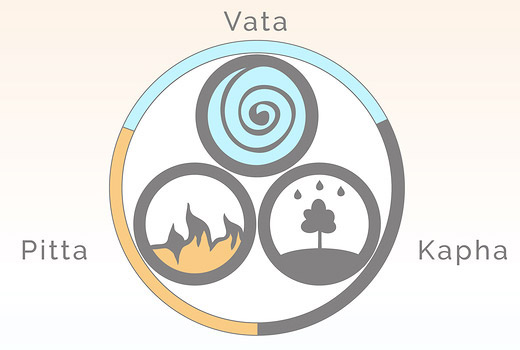A Guide To Oil Pulling
Originating in India from Ayurveda practices, oil pulling has been around for more than 3,000 years. While oil pulling is mostly known as the technique of swishing oils in your mouth for a few minutes a day to prevent dental issues, studies suggest that it benefits your entire body and can even supplement many beauty products you’re currently using. Knowing how to effectively oil pull while avoiding the potential risks and complications, though, is vital for an amazing experience that your whole body can enjoy.
Oil Pulling and Ayurveda
Oil pulling is an ancient Ayurvedic technique for healing cells, tissues, and organs by supporting the body’s elimination of toxic waste without disturbing the healthy microflora. It typically involves swishing sesame oil in the mouth first thing in the morning.1
The Charaka Samhita, which is a Sanskrit text on Ayurveda and one of the two foundational Hindu texts on this field that survived from ancient India, was the first to mention swishing sesame oil in the mouth as a daily routine for oral health.2
On oil pulling, the Charaka Samhita says, “It is beneficial for strength of jaws, depth of voice, flabbiness of face, improving gustatory sensation and good taste for food. One used to this practice never gets dryness of throat, nor do his lips ever get cracked; his teeth will never be carious and will be deep-rooted; he will not have any toothache nor will his teeth set on edge by sour intake; his teeth can chew even the hardest edibles.”3
Two main oil pulling practices, Gandusha and Kavala, are described in Dinacharya (the Sanskrit term for daily Ayurvedic rituals):
Gandusha
The Gandusha method refers to filling the mouth in the morning with oil or medicated water daily and holding it for a few minutes without gargling. A Gandusha should be held in the mouth until there is uncontrollable salivation.
It’s been used to prevent decay, oral malodor, gum bleeding, dryness of the throat, cracked lips, and to strengthen the teeth, jaw, and gums. If practiced routinely, Gandusha enhances the senses, maintains clarity in the voice, and brings about a feeling of freshness, while also relieving pain and discomfort.4
Kavala
Kavala involves holding a much smaller amount of oil in the mouth in comparison to Gandusha. After 3 minutes of gargling, the oil can be spit out.
It’s been used to prevent cracked lips, gum bleeding, weak teeth, bad breath, and other issues that can infect the gums, teeth, or jaw. Additionally, Kavala has many of the same healing properties and benefits as Gandusha.5
If you’re interested in learning more about Ayurveda, check out our blog post that explores the holistic healing practice in-depth.
The Benefits of Oil Pulling
While many people add oil pulling to their daily routine to improve oral hygiene, the technique has benefits that span beyond just the mouth. However, research on oil pulling is limited, which means there’s a lot of debate as to how beneficial it is. With the rising popularity of oil pulling in modern times, though, science-backed studies have begun to explore the method. Here are 4 amazing, scientifically confirmed benefits of oil pulling:
1. Kills Harmful Bacteria in Your Mouth and Prevents Cavities
There are around 700 types of bacteria that can live in your mouth, and up to 350 of them may be living in your mouth right now.6 Certain types of bacteria can cause tooth decay, bad breath, and gum disease.7
Several studies have shown that oil pulling can reduce the number of harmful bacteria in your mouth. In a 2 week study administered on children, oil pulling with sesame oil daily was found to significantly reduce the number of bacteria found in saliva and plaque.8 Another study that asked 60 participants to pull with coconut oil for 2 weeks had the same antibacterial results.9
2. Improves Skin
It may be hard to believe, but oil pulling is excellent for your skin and has even been proven to alleviate conditions like eczema and psoriasis. Oil pulling in the morning removes toxins that have accumulated the night before, preventing them from entering your bloodstream and contributing to unfavorable skin, which means that acne, dullness, and rashes can be mitigated.10
Additionally, exercising your jaw muscles with gargling encourages blood flow to your face. This can help tighten your skin and smooth out those pesky smile lines.11 You don’t have to stop at gargling oil; you can also try oil cleansing to rid your skin of potential breakouts.
3. Reduces Inflammation and Improves Gum Health
Oil pulling works to decrease harmful bacteria and plaque in the mouth that can contribute to gum disease like gingivitis, which is marked by red, swollen gums that bleed easily. Using certain oils with anti-inflammatory properties, like coconut oil, can help to reduce the inflammation associated with gum disease.
In one study, 60 participants with gingivitis began oil pulling for 30 days. After one week, a significant improvedment in gum health resulted.12 A decrease in plaque, an improvement in gingivitis, and a reduction of harmful oral bacterias were also noted.13
4. Corrects Hormonal Imbalances
Making oil pulling a habit can help improve hormone imbalances. Some of the most common hormonal benefits reported include more regular menstrual cycles and reduced symptoms associated with PMS.
Coconut oil, for example, is full of fatty acids that assist in hormone delivery within the body. Thus, it supports the creation, processing, and elimination of estrogen and progesterone that lead to hormonal imbalances.14
The Best Oils for Oil Pulling
Oil pulling is an easy, inexpensive technique to incorporate into a daily routine. It only requires one ingredient which can usually be found in your kitchen. Traditionally, sesame oil is the preferred ingredient according to Ayurvedic texts; however, many other oils are now being used. It is important to note that you should never use non-food-grade oils for oil pulling.
These are the 4 oils you can safely use when oil pulling:
- Olive oil contains oleic acid that is antimicrobial. Additionally, it has Vitamin E, Vitamin K, and other substances that are anti-inflammatory and antioxidants.
- Coconut oil is full of lauric acid which reacts with the alkali substances that are present in the saliva, which helps to kill bacteria. It’s also a natural antiseptic.
- Sunflower oil and sesame oil are used by most Ayurvedic practitioners today as they both contain an abundance of fatty acids that reduce plaque and eliminate bacteria. Their detoxification properties also make the duo popular for oil pulling.
Tip: You can mix coconut oil with sesame or sunflower oil to get broader benefits!
Oil Pulling Melts
If spooning a few drops of oil into your mouth makes you uncomfortable, you can try whipping up your own “melts” to make the experience more enjoyable. Oil pulling “melts” are essentially refrigerated servings of oil that melt in your mouth as you chew and swish. Here is an easy recipe to make at home:
Ingredients:
- Coconut oil
- Essential oil of your choice
- A silicone candy mold
Directions:
- In a small pan, melt the coconut oil on low heat.
- Add a few drops of the essential oil you chose to the coconut oil.
- Using a measuring cup, pour the mixture into the silicone candy mold.
- Let cool in the refrigerator for a few hours before use.
- Store the melts in a glass jar or keep them in the refrigerator.
DIY Oil Pulling
Oil pulling can be extremely beneficial for your whole body if done often and correctly. Here steps you can take for an effective oil pulling experience:
- In the mornings on an empty stomach, dispense 1 to 2 teaspoons of your preferred oil in your mouth. Make sure to use high-quality oils!
- Swish for 20 minutes. This may seem daunting at first, but it does get easier. Swishing the oil gently helps reduce the discomfort sometimes associated with oil pulling. Make sure to not swallow the oil after swishing since it’s full of the harmful toxins that you worked so hard to rid your body of.
- Spit the oil in the trash can, not the sink. Coconut oil, for example, can regain a solid form, leading to clogged pipes.
- Rinse well with warm water.
- Brush your teeth as normal to get rid of the remaining bacteria.
Repeat these steps a few times a week or up to 3 times daily. You may also want to work your way up, starting with swishing for just 5 minutes instead of 20. Eventually, you will be able to swish for the entire time with ease.
Seek a Professional’s Advice First
Before giving oil pulling a try you should seek a professional’s advice to make sure it’s right for you and your health. Considering that oil pulling requires a large amount of oil, it’s vitally important to be aware of possible allergic reactions.
Besides allergic reactions, other reported side effects of oil pulling are:
- Dizziness
- Nausea
- Vomiting
Oil pulling is not for everyone. If you have any concerns or questions, do consult with your doctor.
Have you tried oil pulling before? Did you notice any benefits? Let us know in the comments below.
—
https://www.meetinghousedental.com/holistic-dental-information/oil-pulling/ [1]
https://pilgrimageyoga.com/blog/how-does-oil-pulling-work-a-dentists-perspective/ [3]
https://www.ecco-verde.com/info/beauty-blog/gandusha-oil-pulling-for-oral-health [4]
https://pubmed.ncbi.nlm.nih.gov/24320954/ [6]
https://www.ncbi.nlm.nih.gov/books/NBK279514/ [7]
https://pubmed.ncbi.nlm.nih.gov/18408265/ [8]
https://pubmed.ncbi.nlm.nih.gov/27084861/ [9]
https://www.kismetessentials.com/blog/2016/10/13/can-oil-pulling-improve-your-skin [11]
https://pubmed.ncbi.nlm.nih.gov/25838632/ [12]
https://pubmed.ncbi.nlm.nih.gov/19336860/ [13]
https://www.floliving.com/5-uses-coconut-oil-will-benefit-hormonal-balance/









